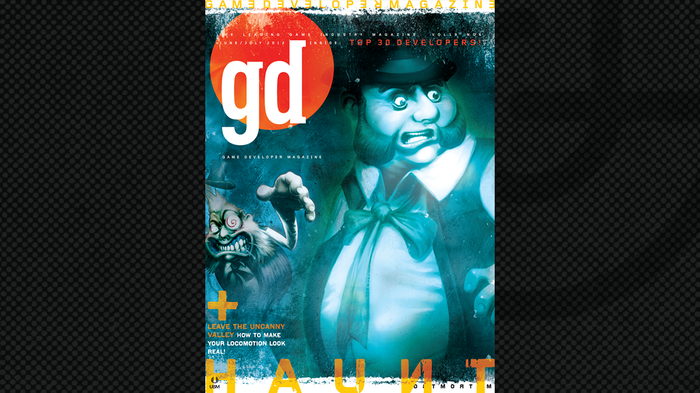
Featured Blog | This community-written post highlights the best of what the game industry has to offer. Read more like it on the Game Developer Blogs or learn how to Submit Your Own Blog Post
Monetizing a Mobile Game (Part 1)
What game monetization approaches are mobile game companies using, and which ones work? How can game makers strike a balance between annoying users and collecting some cash for their good work?

In the early days of video games, monetization was not something game developers and publishers had to worry about. There were “shareware” games, but mostly these sucked, and people understood that they needed to pay up for quality games. Meanwhile, video games for the leading game consoles such as Sony and Nintendo were (and still are) sold as cartridges or discs, and you paid for these. And when gaming went mobile, initially the key vendors like Nintendo followed the cartridge model for their proprietary mobile gaming systems, so you paid 30 bucks for a cartridge and game monetization wasn’t a topic of discussion.
Today’s mobile games for iOS and Android have turned the traditional gaming business model on its head. It’s very difficult to get users to pay for a game, so gaming companies need to think hard about how they’ll get paid for their work. When Fast Motion Games works with gaming companies to help them build a mobile game, we typically follow their instructions on their preferred approach to monetization—what ad networks to use, how their virtual currency will work, and what you can buy with it. But we’re also working on a game of our own, that we plan to publish on our own later in the year, and we’ve been thinking about how to monetize it. So we’ve had a chance to think a bit more about this subject and we’ll discuss it here.
Monetization – What’s everyone doing now, and what works?
There have been some recent studies that show how gaming companies prefer to monetize their games, and what they find most effective. Here’s one by Venture Beat. If we boil this study down, we see:
Effective Methods = Free to Play with In-app Purchases, Ads (interstitials, video ads, banner ads)
Ineffective Methods = Premium/Pay-to-download, Subscriptions, Ads (lock screens, notification ads, banner ads)
Another interesting metric is VentureBeat’s ranking of the most annoying monetization approaches, summarized here:

These figures show the per-cent of gaming companies surveyed who said their users considered these approaches annoying.
So banner ads seem to be pissing off a lot of game users, although at the same time, some gaming companies seem to find that they deliver revenues. But other gaming companies don’t.
So it seems pretty clear where this is ending up: free-to-play, with in-app purchases, and possibly some ads. Simple, right? Well, maybe not.
Annoying Your Users
The New York Times recently had this article about the approaches companies are taking to monetization. According to the Times, there have been enough complaints about in app purchases that regulators like the FTC are starting to investigate some of the gaming companies for misleading practices. So keep your eye on that—it may affect what kinds of approaches are considered legal, and which ones aren’t. But perhaps more worrying, according to the Times, is the fact that we’re seeing that the monetization approaches that some game developers are using are getting incredibly annoying to users.
Personally, I find it really annoying when I try a new game I’m immediately told that I need to upgrade my car, weapons, or character, etc. if I want to make any headway in the game. Let me at least make a little progress, and decide whether I like the game or not!
King Entertainment has gotten so good at extracting cash from in-app purchases in Candy Crush, that they removed ads in 2013. King found that they wanted "to focus all we can, and all our resources, on delivering a great player experience," according to an interview with Gamasutra. So there’s some divergence of opinion about the value of ads. King has clearly found that they can reduce annoyance and improve gameplay without ads.
Most users understand that you can’t provide something for nothing. So just like people accept ads on TV, or even on their Gmail page, they understand that you need to monetize your game somehow. But that doesn’t mean they aren’t going to get annoyed by your efforts, and possibly stop playing if you annoy them too much. So finding the right balance between annoyance and monetization is critical.
We'll drill into these issues some more in our next post.
This post originally appeared on the Fast Motion Games blog, at www.fastmotiongames.com
Read more about:
Featured BlogsAbout the Author
You May Also Like









